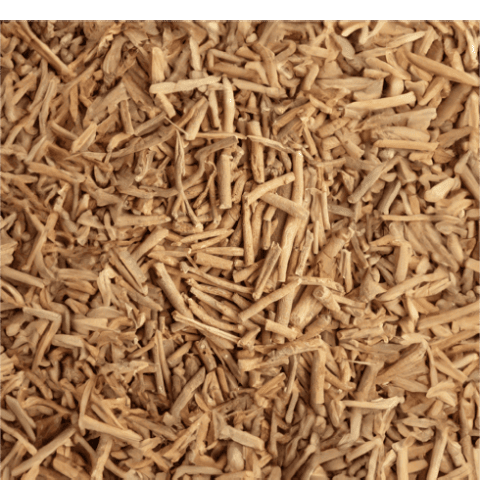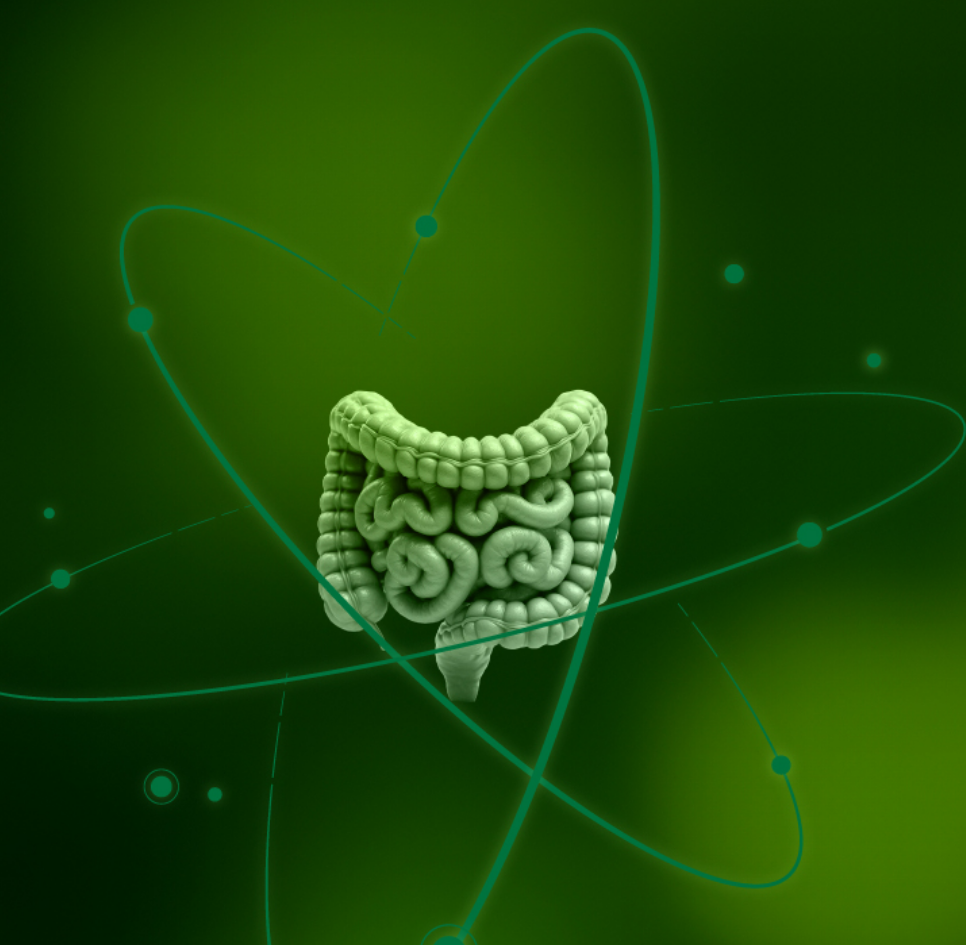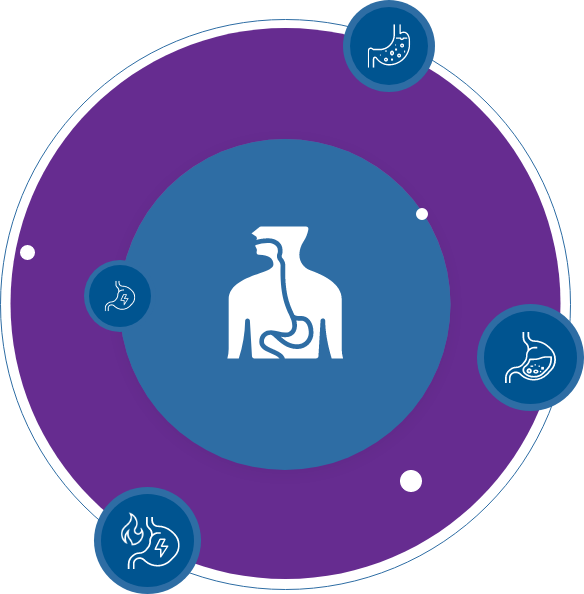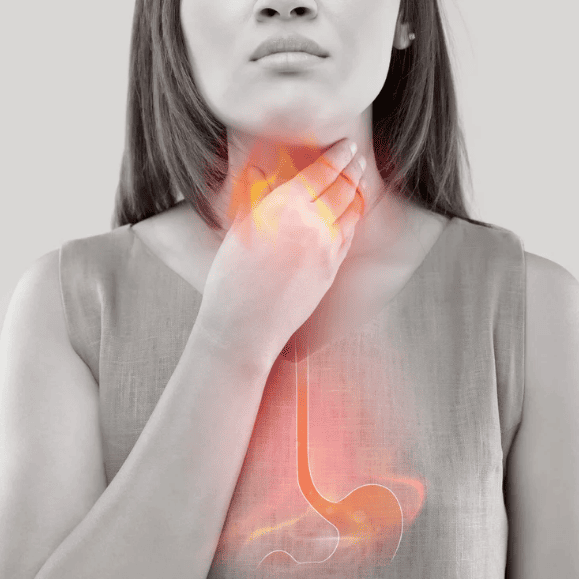



Development
Digestive disturbances are affecting more individuals than ever, largely due to stress and dietary habits (eg: nutritionally lacking, as well as eating quickly, on the run). These factors combine to create a host of issues such as gas and bloating, acid reflux/heartburn, stomach griping, flatulence, diarrhea, cramps, and constipation. And, poor digestion leads to lack of energy, poor sleep, and overall malaise. Upper digestive ailments are also often caused by a bacterial infection, chiefly, Helicobacter pylori.
Over-the-counter remedies may work to reduce symptom severity, and prescriptions meant to take daily, regulate over-enthusiastic proton pumps in the stomach that eject the acid.


For Daily
Digestive Health
GutGard® is a clinically researched, flavonoid-rich, natural bioactive for daily digestive health derived from Glycyrrhiza glabra. GutGard® is standardized to >3.5% glabridin and >10% total flavonoids with glycyrrhizin level to be made <0.5%
GutGard® is the only of its class to offer the advantage of the cache of flavonoids found in licorice. More than 50 flavonoids including isoflavans (glabridin), Isoflavones (example: licoflavone A), Isoflavanones (example: glabrol), chalcones (example: isoliquiritigenin), etc, have been identified in GutGard® by using liquid chromatography-mass spectrometry. Batch to batch consistency of the flavonoid profile is monitored with the help of high-performance liquid chromatography.


Traditional uses
Licorice has a long, rich use in cultures worldwide; it was even found in the tomb of King Tutankhamun. The dried root of licorice has been used by not only the Egyptians but throughout the populations and cultures of Asia and the Mediterranean regions. The Romans relied on it for numerous ailments. Licorice is recorded in the pharmacopoeias of nations throughout the world.
In the first century AD, the Greek physician Dioscorides used licorice to treat people with stomach and intestinal ulcers (it is known now that many ulcers are caused by Helicobacter pylori).
Clinical study 1
Clinical study 2
Clinical study 1
GutGard® significantly lowers the symptoms of daily digestive health problems (upper abdominal fullness, belching, regurgitation, upper abdominal pain, nausea, bloating, and vomiting) GutGard® improved quality of life
Clinical study 2
Randomized double-blind, placebo-controlled clinical study in
subjects with H. pylorivinar dapibus leo.
Condition
Subjects with functional dyspepsia
Participants
50 subjects (Age: 18-65 years)
Dose
75 mg, two times a day after food
Duration
30 days
Evaluation
On day 15 and day 30
Outcome
GutGard® effectively managed
Randomized double-blind, placebo-controlled
clinical
studyin subjects with H. pylori
Condition
Subjects with gastric load of Helicobacter pylori
Participants
107 subjects (Age: 18-45 years)
Dose
150 mg/day before breakfast
Duration
60 days
Evaluation
On day 30 and day 60, using 13C-UBT and HpSA test
Health Claims
The human clinical study on GutGard® allows for the following health claims:
Helps to manage occasional
indigestion including fullness and gas
Helps to manage occasional heartburn

Helps to maintain healthy stomach

Helps to maintain healthy stomach
Supports gut immunity

Supports gut immunity
including fullness and gas

Supports management of H. pylori
Can help stomach health by inhibiting the proliferation of Helicobacter pylori in stomach mucosal layer and by protecting stomach mucosal layer

Can help stomach health by inhibiting the proliferation of Helicobacter pylori in stomach mucosal layer and by protecting stomach mucosal layer

A Perfect
Digestive Duo!
GutGard® +
Probiotics

GutGard® +
Digestive
Enzymes
Unleash The Power
Within – Choose
Digestive Strength
Download our whitepaper to get answers to all your questions about enhancing digestive health and wellness

GutGard® for Digestive Health
Unleash The Power
Within – Choose
Digestive Strength
Download our whitepaper to get answers to all your questions about enhancing digestive health and wellness
